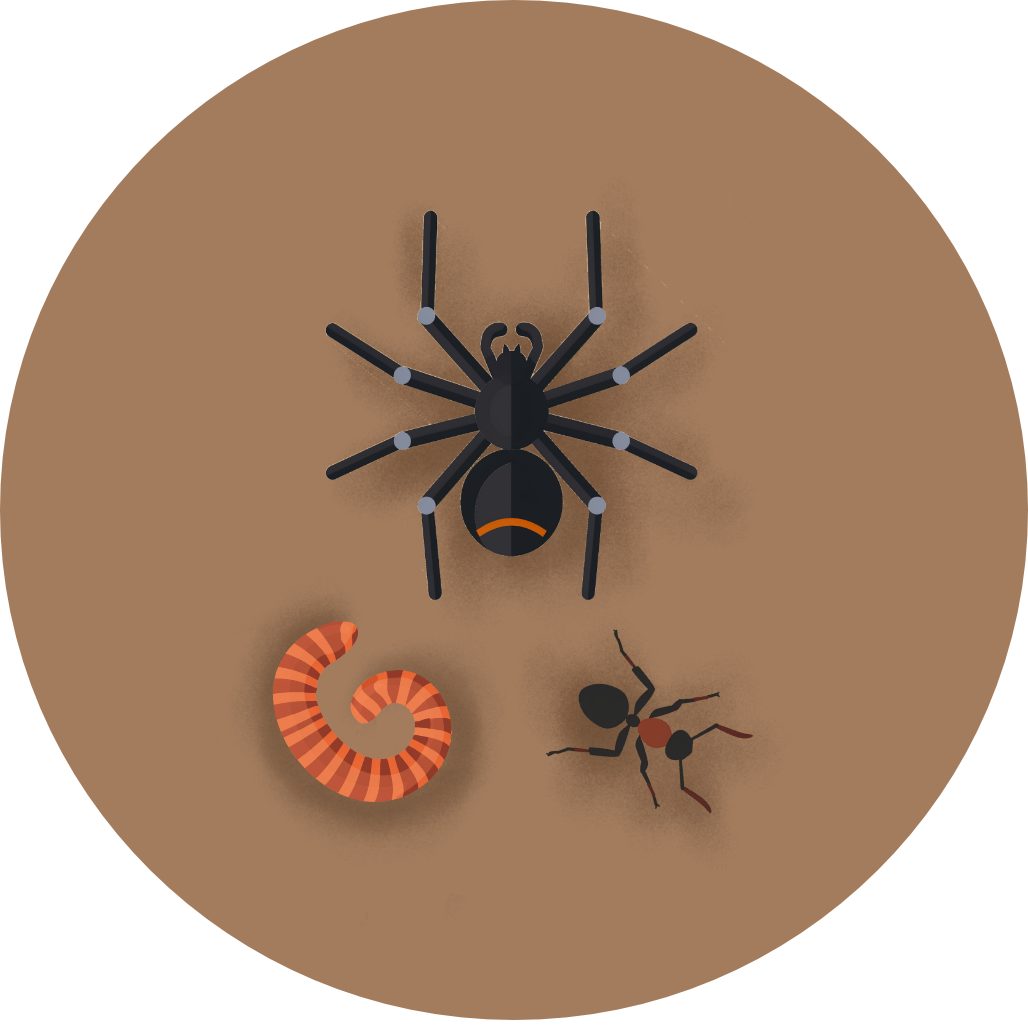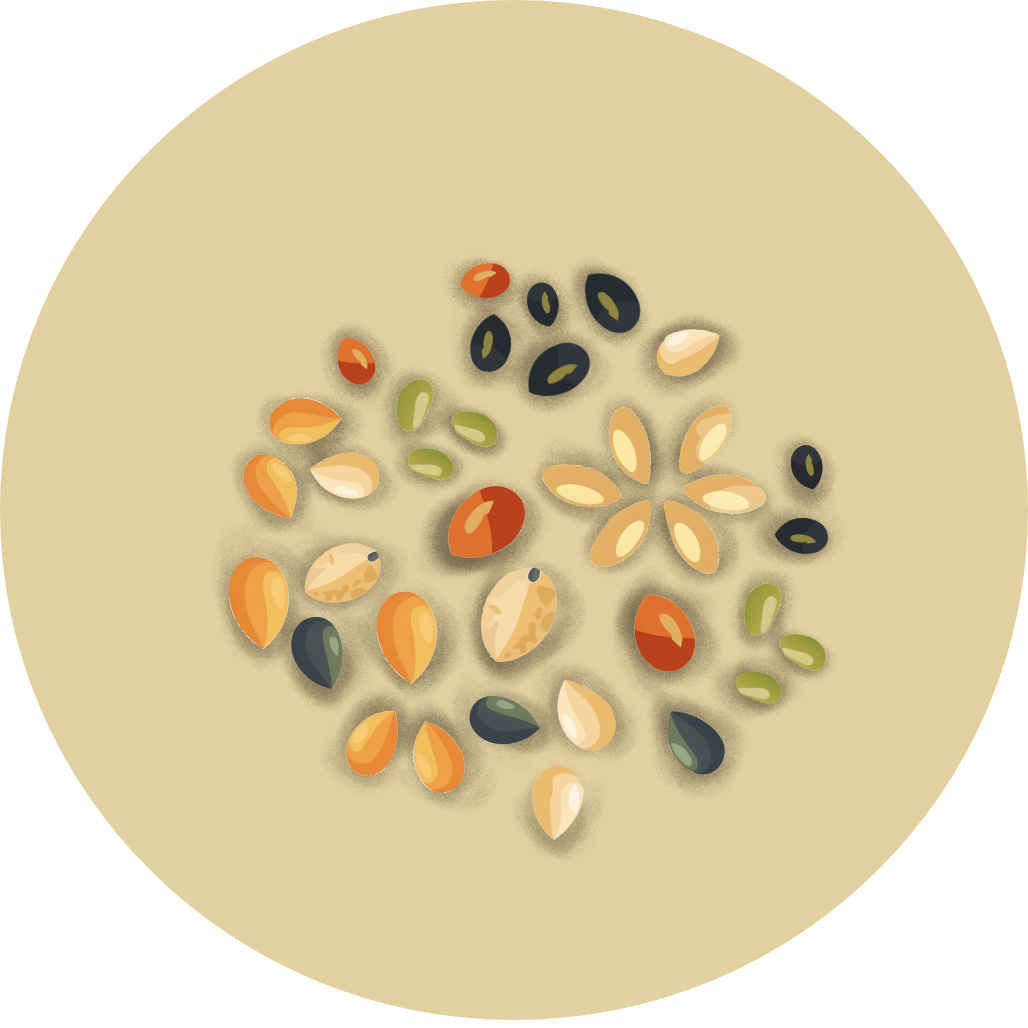
New Zealand Pipit
Anthus novaeseelandiae
Also known as: Pihoihoi


Anthus novaeseelandiae
Also known as: Pihoihoi

The New Zealand Pipit or Pīhoihoi, a native ground-dwelling bird found throughout the country, is about the size of a common sparrow. Known for its distinctive tail-bobbing motion, this slender brown bird brings life to New Zealand's open spaces.
1. Constant up-and-down tail bobbing while walking or standing
2. Bold white eyebrow stripe contrasting with brown head
3. Smooth walking motion rather than hopping like other small birds
Breeding occurs from August to February, with females building grass-cup nests hidden in vegetation. Both parents feed and raise up to three clutches per season. Modern farming practices and predators have impacted their numbers, especially in intensively managed pastures. Typically heard between August-February, Males have a high-pitched territorial song.
Look for New Zealand Pipits on the ground in open areas from coastal beaches to highland tussocks and along rivers. They're most active in early mornings, running and walking along unsealed road edges and river beds. These approachable birds often allow close observation, making them easier to spot. Tip: Watch for their characteristic tail-bobbing motion.
Known as pīhoihoi in te reo Māori, their name references their distinctive tail-bobbing movement. First documented during Captain Cook's second voyage, this native bird has been part of New Zealand's landscape since before European arrival.
18 cm
35 g





Coming Soon!
Top birding locations will be available in a future update.